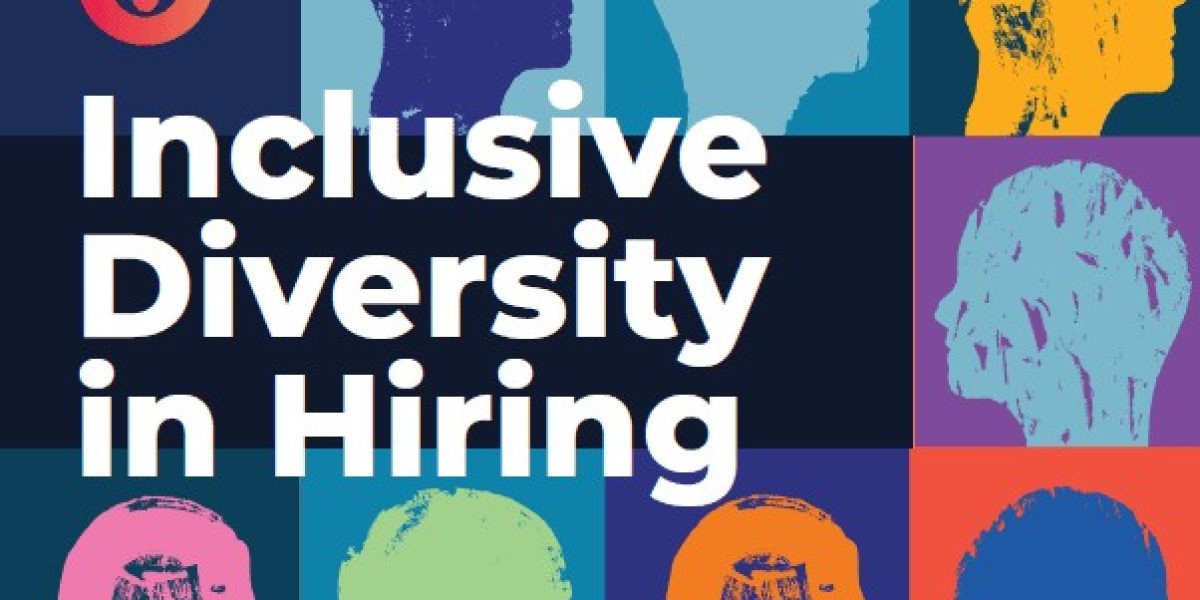In today's rapidly evolving global landscape, diversity and inclusion have become more than just buzzwords they are critical components of successful, forward-thinking organizations. This article explores the importance of diversity and inclusion recruitment, highlighting its benefits, strategies for implementation, and the long-term impacts on organizational success.
The Benefits of a Diverse Workforce
A diverse workforce brings together individuals with varied backgrounds, perspectives, and experiences. This diversity fosters creativity and innovation, as different viewpoints can lead to unique solutions and ideas. In a global market, companies with a diverse team are better equipped to understand and meet the needs of diverse customers, giving them a competitive edge.
Moreover, diversity within teams has been shown to improve decision-making processes. When team members challenge each other's thinking, they avoid groupthink and consider a wider range of options. This leads to more robust and effective decisions.
Enhancing Company Reputation
Organizations that prioritize diversity and inclusion are viewed more favorably by potential employees, customers, and partners. A strong commitment to diversity and inclusion can enhance a company's reputation, making it an employer of choice for top talent. In today's socially conscious market, consumers are also more likely to support businesses that reflect their values, including diversity and inclusion.
Strategies for Effective Diversity and Inclusion Recruitment
One of the first steps in attracting a diverse talent pool is crafting inclusive job descriptions. Avoid using gender-biased language and ensure the requirements listed are essential to the role. Highlighting the company’s commitment to diversity and inclusion in the job posting can also encourage candidates from diverse backgrounds to apply.
Implementing Blind Recruitment
Blind recruitment is a strategy where information that could reveal a candidate's demographic characteristics such as name, age, gender, and education are removed from the hiring process. This helps eliminate unconscious bias and allows candidates to be evaluated solely on their skills and experience.
Diversifying Recruitment Channels
To reach a broader audience, companies should diversify their recruitment channels. This includes partnering with organizations that focus on underrepresented groups, attending job fairs aimed at diverse candidates, and using social media to spread the word about job openings to a wider audience.
The Role of Leadership in Diversity and Inclusion Recruitment
Strong leadership is crucial in driving diversity and inclusion initiatives. Leaders must not only support diversity and inclusion policies but also actively participate in and advocate for these practices. This top-down approach ensures that diversity and inclusion become a core value of the organization, embedded in its culture and operations.
Measuring and Tracking Progress
To ensure the effectiveness of diversity and inclusion initiatives, companies must measure and track their progress. This can be done through regular surveys, diversity audits, and analyzing recruitment and retention data. Transparency in reporting these metrics can also build trust with employees and stakeholders.
Long-term Impacts of Diversity and Inclusion
The long-term benefits of a diverse and inclusive workforce extend beyond immediate business outcomes. Companies that champion diversity and inclusion are better positioned to adapt to changing markets and customer needs. They also tend to have higher employee satisfaction and retention rates, as a diverse and inclusive environment is one where employees feel valued and respected.
Furthermore, fostering diversity and inclusion contributes to social equity. By providing equal opportunities for all individuals, regardless of their background, organizations play a crucial role in addressing broader societal inequalities.
Conclusion
Diversity and inclusion recruitment is not just a moral imperative; it is a strategic advantage. By embracing diversity and inclusion, companies can drive innovation, enhance their reputation, and build a resilient and adaptable workforce. As the world continues to change, those organizations that prioritize diversity and inclusion will be best equipped to thrive in the future.







